IFNAR
The interferon-α/β receptor (IFNAR) is a receptor which binds type I interferons including interferon-α and -β. It is a heteromeric cell surface receptor composed of one chain with two subunits referred to as IFNAR1 and IFNAR2. Upon binding of type I IFNs, IFNAR activates the JAK-STAT signaling pathway. Interferon stimulation classically results in an anti-viral immune response. Type I IFNs share a common receptor consisting of two subunits, IFNAR1 and IFNAR2, which associate upon IFN binding. IFNAR2 is the major ligand binding component of the receptor complex, exhibiting nanomolar affinity to both IFNα and IFNβ subtypes. IFNAR1 and IFNAR2 belong to the class II helical cytokine receptor (hCR) family, which includes the receptor for type II IFN, tissue factor (TF), and IL10Rβ.
Targets for IFNAR
Products for IFNAR
- Cat.No. Product Name Information
-
GC35440
AX-024
AX-024 is an orally available, first-in-class inhibitor of the TCR-Nck interaction that selectively inhibits TCR-triggered T cell activation with an IC50 ~1 nM.
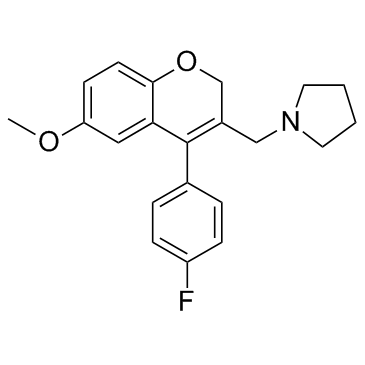
-
GC19046
AX-024 hydrochloride
AX-024 hydrochloride is an cytokine release inhibitor which can strongly inhibit the production of interleukin-6 (IL-6), tumor necrosis factor-α (TNFα), interferon-γ (IFN-γ), IL-10 and IL-17A.
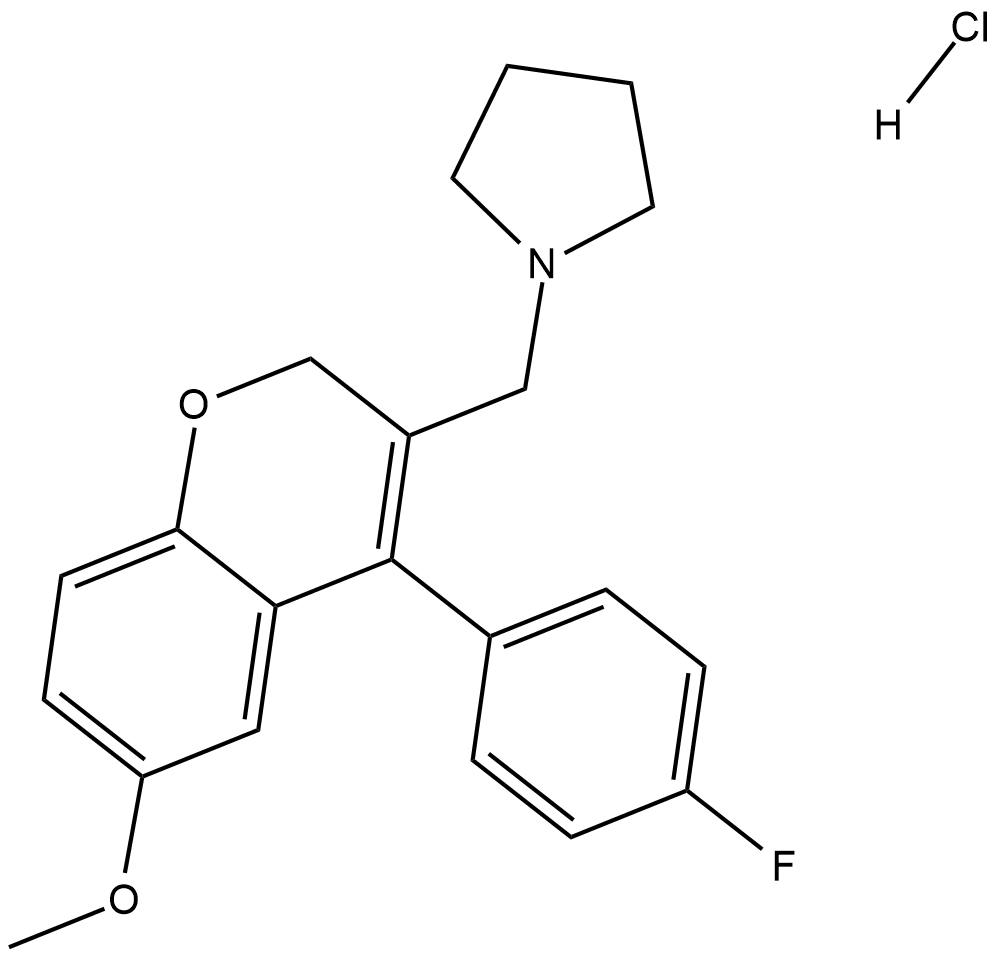
-
GC14727
CCCP
Carbonylcyanide-3-chlorophenylhydrazone (CCCP) is a protonophore, which causes uncoupling of proton gradient in the inner mitochondrial membrane, thus inhibiting the rate of ATP synthesis.
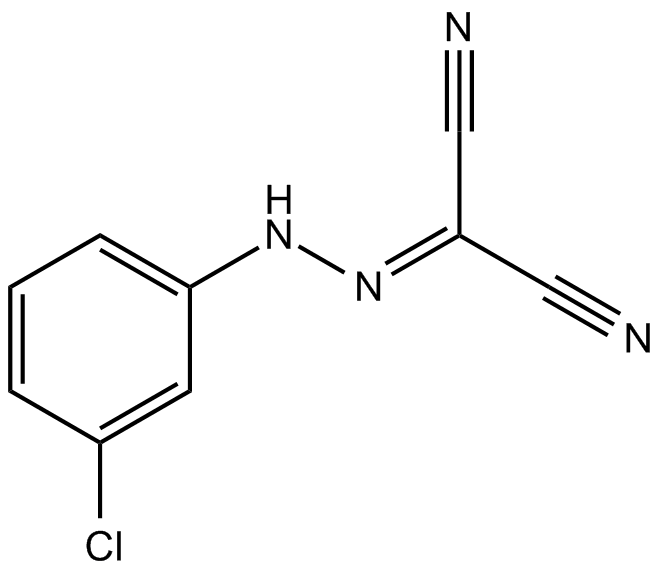
-
GC63591
Cirsilineol
Cirsilineol, a natural flavone compound, selectively inhibits IFN-γ/STAT1/T-bet signaling in intestinal CD4+ T cells.
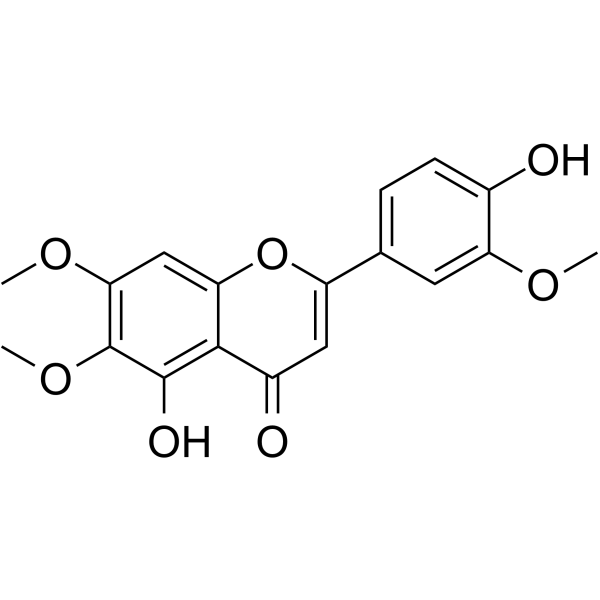
-
GC38648
Cridanimod
Cridanimod is a potent progesterone receptor (PR) activator mediated through induction of IFNα and IFNβ expression.
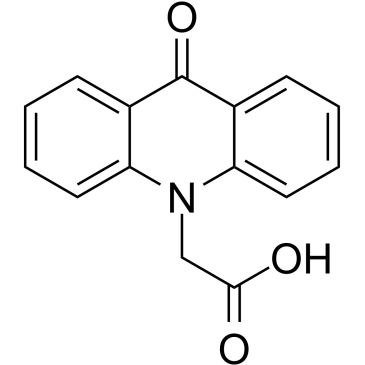
-
GC65545
Cyclo(L-Phe-L-Pro)
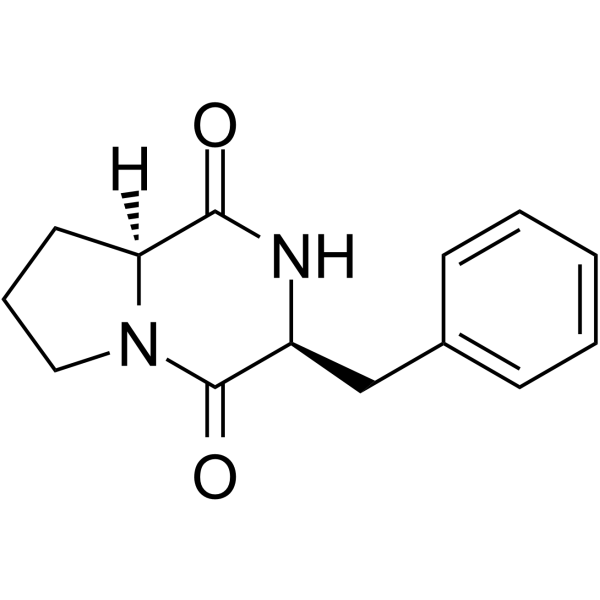
-
GC31799
IFN alpha-IFNAR-IN-1 (IFN-alpha and IFNAR interaction inhibitor)
IFN alpha-IFNAR-IN-1 (IFN-alpha and IFNAR interaction inhibitor) is a nonpeptidic, low-molecular-weight inhibitor of the interaction between IFN-α and IFNAR; inhibit MVA-induced IFN-α responses by BM-pDCs (IC50=2-8 uM).
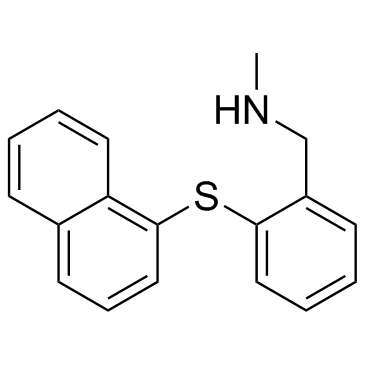
-
GC60927
IFN alpha-IFNAR-IN-1 hydrochloride
An inhibitor of the IFN-α-IFNAR protein-protein interaction
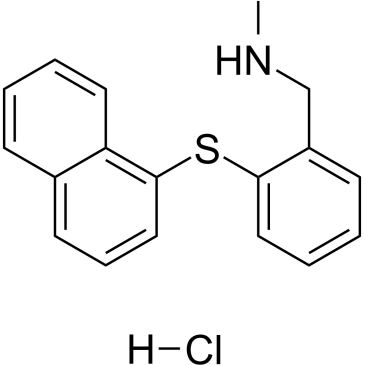
-
GC34307
IFN alpha-IFNAR-IN-1 hydrochloride (IFN-alpha and IFNAR interaction inhibitor)
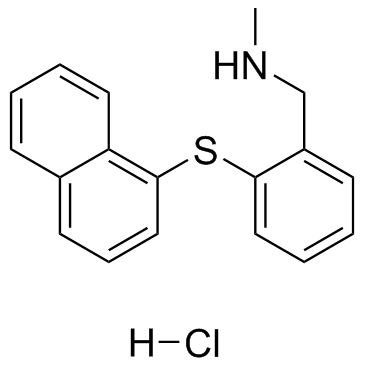
-
GC36296
IFN-α Receptor Recognition Peptide 1
IFN-α Receptor Recognition Peptide 1 is a peptide of IFN-α associated with receptor interactions.
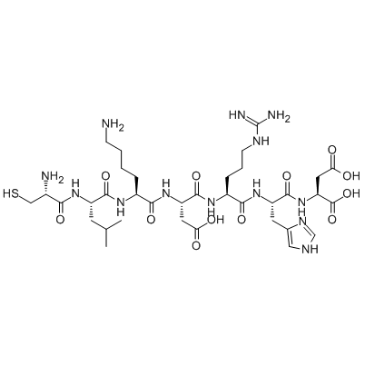
-
GC32019
Interferon receptor agonist
Interferon receptor agonist (compound 6) is an interferon (IFN) receptor inducer.
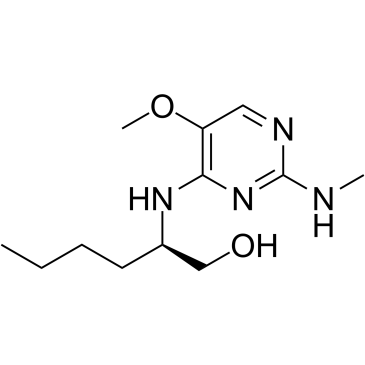
-
GC65435
Monalizumab
Monalizumab is a first-in-class immune checkpoint inhibitor targeting Natural Killer Group 2A (NKG2A).

-
GC68293
ODN 1585
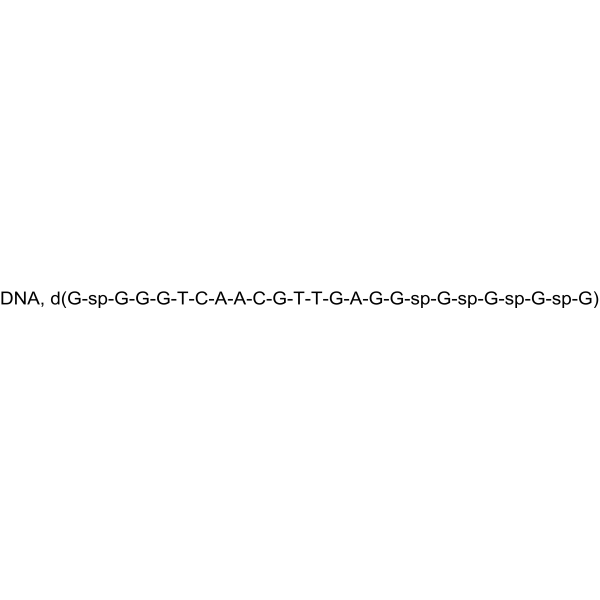
-
GC69613
ODN 6016
ODN 6016 is a type of CpG-A oligonucleotide. ODN 6016 can induce the production of IFN-α and can be used to study immune disorders, including those caused by HIV-1. The sequence of ODN 6016 is T-sp-C-G-A-C-G-T-C-G-T-G-G-sp-G-sp-G-sp-G.
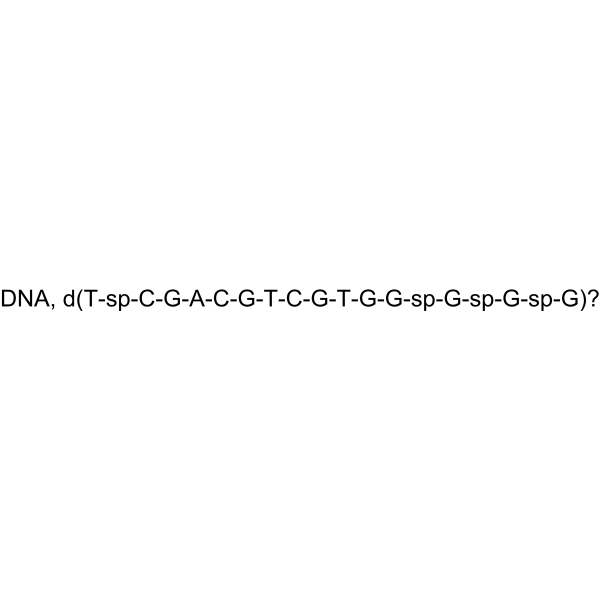
-
GC69615
ODN D-SL03
ODN D-SL03 is a type of Class C CpG oligonucleotide that can induce high levels of IFN-α production in PBMCs. ODN D-SL03 can activate human B cells, NK cells, and monocytes, upregulating the expression of CD80, CD86, and HLA-DR on subsets of human PBMCs. ODN D-SL03 also has the ability to inhibit tumor growth. The sequence for ODN D-SL03 is 5'-tcgcgaacgttcgccgcgttcgaacgcgg-3'.
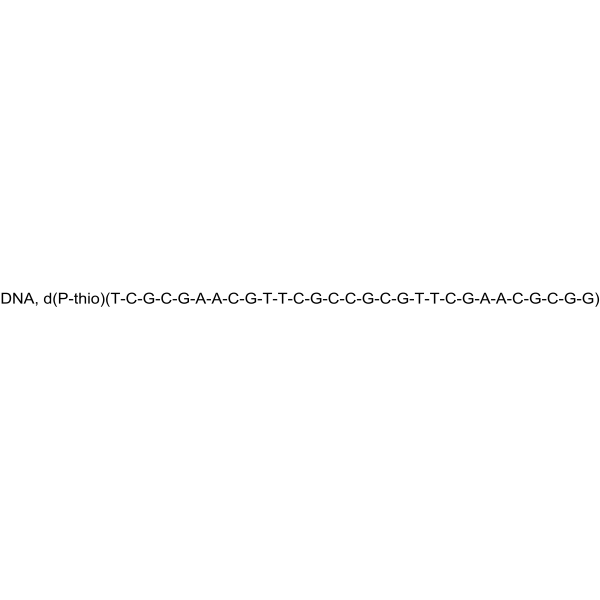
-
GC69889
Sifalimumab
Sifalimumab (MEDI-545) is a monoclonal antibody that targets and inhibits abnormal immune activity by binding to multiple subtypes of interferon-alpha. It can be used for research on systemic lupus erythematosus (SLE).



